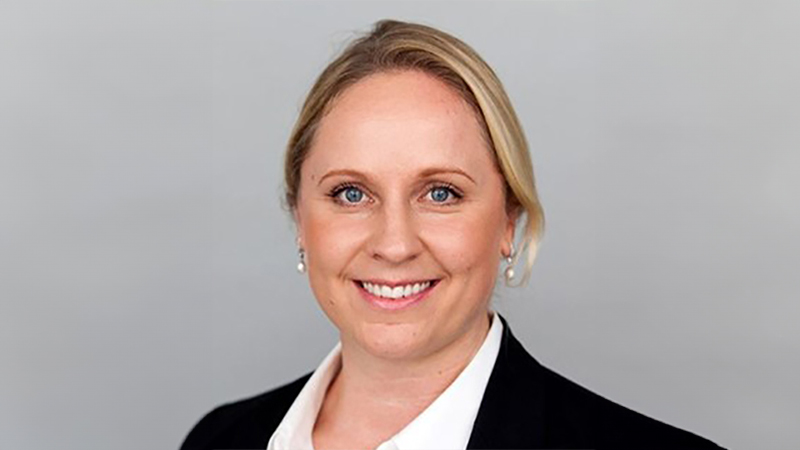Economists reacted rather mutedly to the latest quarterly stats, generally noting that the quarterly 0.8% growth met expectations and matched first quarter growth rate.
Symbolically, the UK GDP is now ahead of pre-crisis levels. Furthermore, a day earlier the UK received a lift from the IMF which upgraded its forecast for GDP growth from 2.8% to 3.2%, pushing the UK up the fastest-growing economies league.
All of this is good news in itself, but industry experts voiced caution about what the figures actually reflect. On the wealth and fund management side, advisers said they have noticed an increasing risk appetite from clients, but recent events were fuelling a nervous mood in the market. Given the positive macro news so far this year, how optimistic should investors be?
Macro views
Looking towards the end of the year, growth is likely to slow down, says Matthew Butcher, investment director at Dart Capital.
“We expect growth to slow moderately over the coming year as ultra-loose monetary policy is gradually tightened and the prospect of the return of austerity post-election provides a moderate headwind to growth and consumer confidence in particular.”
UK performance, while accelerating, still dims when compared to its continental neighbour Germany.
“By international comparisons, the UK economic recovery has been slow,” Schroders’ European Economist, Azad Zangana, noted.
“For example, Germany surpassed its pre-crisis peak in GDP in Q1 2011, while the US did so the following quarter. In Q1 2014, Germany’s GDP was already 3.8% above that pre-crisis peak, while GDP for the US was 5.5% higher. The UK economy has a lot of catching up to do.”
Meanwhile senior analyst at Hargreaves Lansdown, Laith Khalaf, notes that forecasting the economy has become somewhat of a routine activity in financial markets, and riddled with unpredictability.
“We prefer to focus on long term valuation measures, like P/E. These suggest the UK stockmarket is neither very expensive nor very cheap, it sits somewhere in the middle,” he said.
He added that and investors are better off focussing on their investment goals, and saving accordingly.
“Markets are notoriously difficult to time. UK investors who are concerned about current valuations might consider drip feeding money into the markets via a regular savings plan.”
Risk profiles
The positive figures are feeding into investor confidence and the past half year has seen a boost in risk appetite, advisers note.
“Clients are definitely more comfortable and willing to take on risk. We’ve seen this in a number of ways,” Richard Philbin, CIO at Harwood Capital, said.
“An increasing number of clients have been asking to move up their risk profile, saying they are willing to take on stock market risk.”
One way to add risk is to get higher in equity weighting and broaden exposure. But Philbin is cautious of going down that route.
“We are not going into it as aggressively as our clients might ask for. We are more cautious and think that in the short term the market has gone ahead of itself.”
For Gary Reynolds, however, the past few weeks have seen another change in client sentiment.
“Recently the pressure on us advisers to increase risk has abated. When an aircraft gets shot down it makes people nervous. Conflict gets to people more than anything. It is upsetting and investors are not as keen to push their risk up.”
Adding to this, the US economy did not have a very good quarter, and equity prices have been mostly sideways so far this year.
“Around Christmas and in January we had a lot of clients asking to increase risk. In most cases we were able to stop investors from doing this. Investors really started taking on a nervous mood when tensions increased in the Ukraine. It reminded people that the world is not a safe place. The moment an investor forgets this, he is willing to increase risk. Our purpose as advisers is to make certain the risk profile is right for the client.”
He added that a few years back, advisers had the tendency to let clients have a bigger say in how their portfolio was managed. This has changed with stricter FCA regulation.
“The FCA has made it abundantly clear that it is not good enough for an adviser to say, ‘but the client told me to do it’. This is why we ask the client what has changed for you to take more risk? One could say it is an adviser’s purpose in life to push against too great a risk appetite.”
An uncertain economy
Macro statistics are generally in line with expectations and feature overall positive growth. But investor risk appetite has been overshadowed by recent events, and it serves as a reminder of how markets are vulnerable to unpredictability. Advisers are cautious against too much client confidence as they keep an eye on macro developments.










